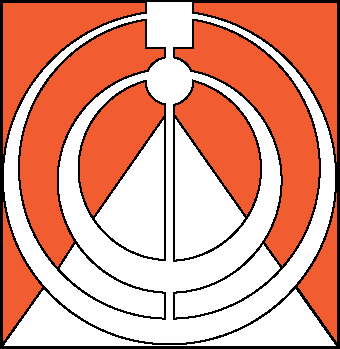Beyond Middle School: Bringing Mi-STAR to the ESA
Tuesday, September 19, 2017
by Tony Matthys, Mi-STAR curriculum developer
A few weeks before the Ecological Society of America (ESA) 2017 Annual Meeting in August, I wasn’t sure I’d be going. Along with Mi-STAR teacher Kendall Grazul, I was scheduled to lead a couple of workshops, but frankly, I was worried. Sign-ups for our workshops were trickling in, and I wasn’t convinced our management team would send us across the country to work with just a handful of teachers.
Participants slowly trickled, however, and Kendall and I persevered, making the trip to Portland. Right away, at our first workshop, on Unit 6.6, I was pleasantly surprised. The teachers were interested, and we had a chance to highlight Mi-STAR to some ESA movers and shakers.
The second workshop, on teaching climate change, was an even bigger surprise. In addition to several educators ranging from middle school to higher ed, 10 undergraduates from a program to support minority ecologists joined our group. One of the students liked the ecological footprint calculator we use so much she said she was going to suggest that her sorority sisters use it, and one of the teachers said she was going to use the activities we discussed to build her own unit on climate change.
We also presented on research by Mi-STAR staff Amanda Gonczi and Brenda Bergman, and Kendall and I participated in a brainstorming session to generate ideas for ESA’s educational outreach. Kendall’s input was invaluable. As the only middle school teacher there, she could speak with authority on which ideas would work in the classroom and which would flop.
Our final presentation was during ESA’s poster session, which gave us an opportunity to talk with other conference goers about our work developing Mi-STAR’s ecology lessons. I was supposed to present alone, but I recruited Kendall to help, so we could take turns visiting other posters. That’s not how it worked out.
We had a constant stream of people asking about Mi-STAR, ecological outreach and the Next Generation Science Standards. Both Kendall and I spent the entire session talking with ESA members, and there was often a line to ask us questions—we frantically tried to reach people before they got sick of waiting.
That’s when I fully realized how deeply ESA cares about K-12 science. Kendall and I spoke with a whole range of attendees at that poster session—grad students and people who’d worked in the field for 40 years, department chairs and distinguished ecologists—all wanting to know what they could do to support K–12 education or translate what Mi-STAR is doing to the college classroom.
Because we are up to our eyeballs in NGSS and Mi-STAR all day, every day, it’s easy to take it for granted and forget how truly powerful this new approach to education can be. To bring that perspective to a new audience was an amazing experience.
GET Mi-STAR NEWS BY E-MAIL!
Copyright © 2024 Mi-STAR
Mi-STAR was founded in 2015 through generous support provided by the Herbert H. and Grace A. Dow Foundation. Mi-STAR has also received substantial support from the National Science Foundation, the MiSTEM Advisory Council through the Michigan Department of Education, and Michigan Technological University.


















